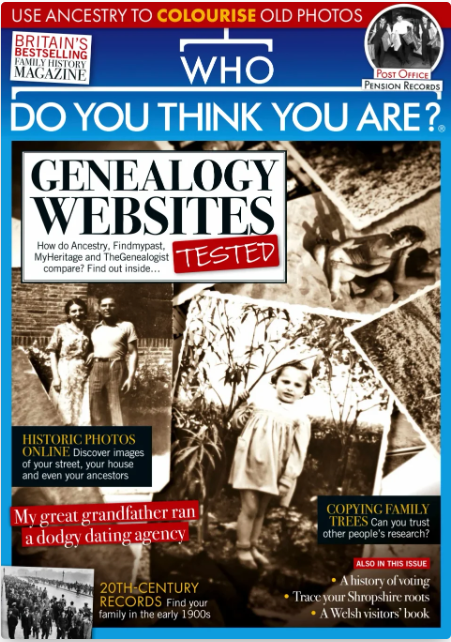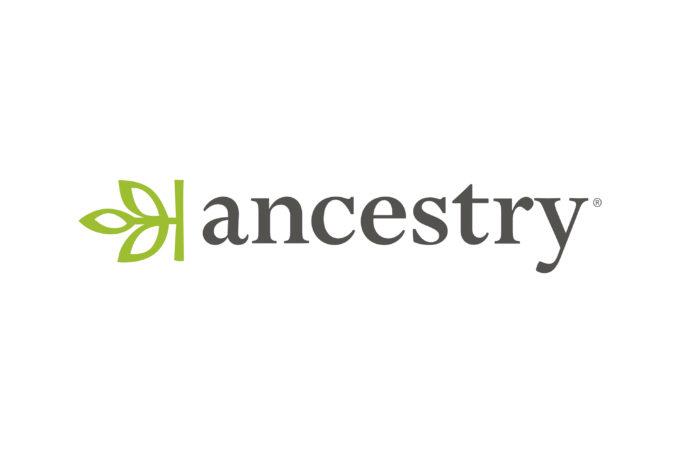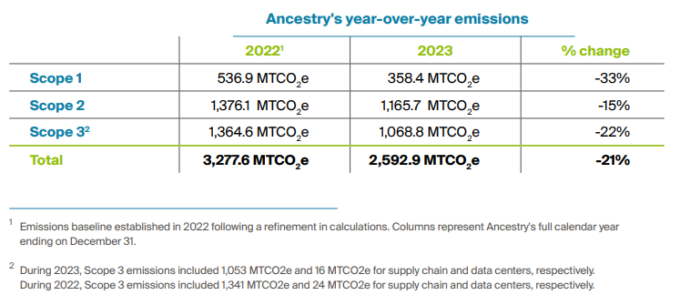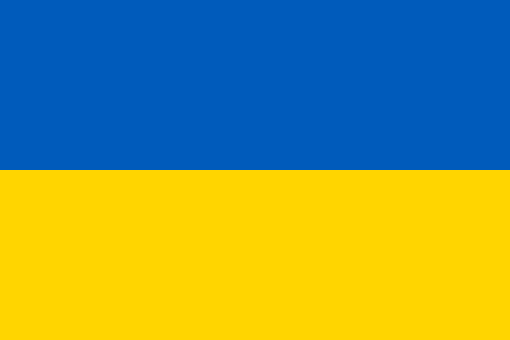Where did these originate? Likely not with Moses. He could count! This version is from 2000.
(1) Thou shalt name your male children: James, John, Joseph, Josiah, Abel, Richard, Thomas, William.
(2) Thou shalt name your female children: Elizabeth, Mary, Martha, Maria, Sarah, Ida, Virginia, May.
(3) Thou shalt leave NO trace of your female children.
(4) Thou shalt, after naming your children from the above lists, call them by strange nicknames such as: Ike, Eli, Polly, Dolly, Sukey.—making them difficult to trace.
(5) Thou shalt NOT use any middle names on any legal documents or census reports, and only where necessary, you may use only initials on legal documents.
(6)Thou shalt learn to sign all documents illegibly so that your surname can be spelled, or misspelled, in various ways: Hicks, Hickes, Hix, Hixe, Hucks, Kicks.
(7) Thou shalt, after no more then 3 generations, make sure that all family records are lost, misplaced, burned in a court house fire, or buried so that NO future trace of them can be found.
(8) Thou shalt propagate misleading legends, rumors, & vague innuendo regarding your place origination:
(A) you may have come from : England, Ireland, Scotland, Wales….or Iran.
(B) you may have American Indian ancestry of the______tribe……
(C) You may have descended from one of three brothers that came over from______.
(9) Thou shalt leave NO cemetery records, or headstones with legible names.
(10) Thou shalt leave NO family Bible with records of birth, marriages, or deaths.
(11) Thou shalt ALWAYS flip thy name around. If born James Albert, thou must make all the rest of thy records in the names of Albert, AJ, JA, AL, Bert, Bart, or Alfred.
(12) Thou must also flip thy parent’s names when making reference to them, although “Unknown” or a blank line is an acceptable alternative.
And personal additions from 2000:
(13) Thou shalt name at least 5 generations of males, and dozens of their cousins with identical names in order to totally confuse researchers:
(14) Thou shalt speak with an accent that census takers can’t understand.
(15) Thou must make sure at least one critical branch of thy family lives in the most most remote frontier regions of the country, and they must move to another area just before the census is taken.
If you’d like something more serious check out this from 2010.


 Highlighted as Pick of the Month in the May issue is an online talk on 15 May from the Guild of One Name Studies. It will explain the value of solicitors’ records. Register for the free presentation Where There’s a Will, There’s a Lawyer: using solicitors records for family research at
Highlighted as Pick of the Month in the May issue is an online talk on 15 May from the Guild of One Name Studies. It will explain the value of solicitors’ records. Register for the free presentation Where There’s a Will, There’s a Lawyer: using solicitors records for family research at  Today is Earth Day. I wondered how genealogical organizations are doing.
Today is Earth Day. I wondered how genealogical organizations are doing. Scope 1 covers emissions from sources that an organisation owns or controls directly – for example from burning fuel in its fleet of vehicles (if they’re not electrically-powered).
Scope 1 covers emissions from sources that an organisation owns or controls directly – for example from burning fuel in its fleet of vehicles (if they’re not electrically-powered).